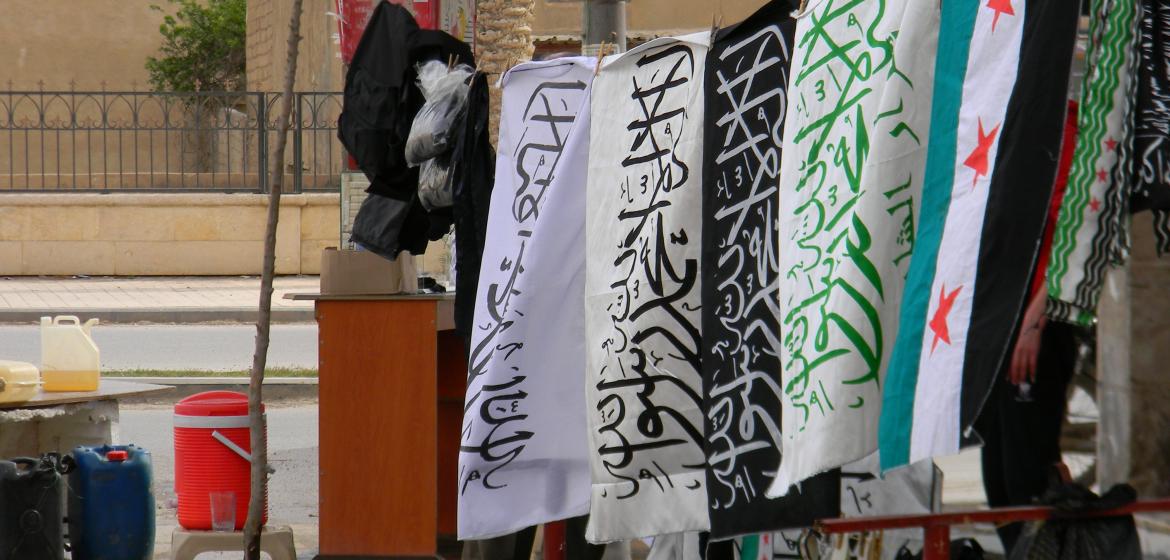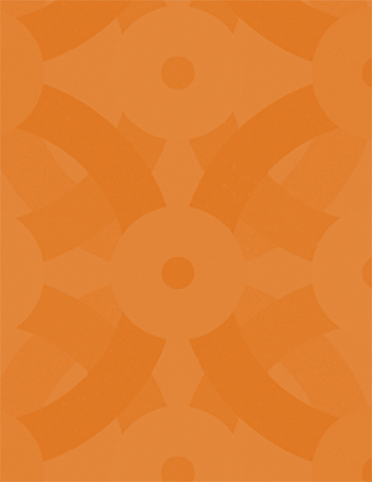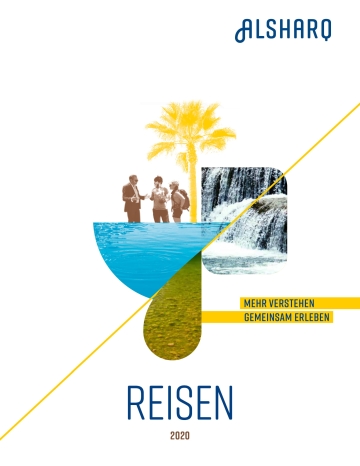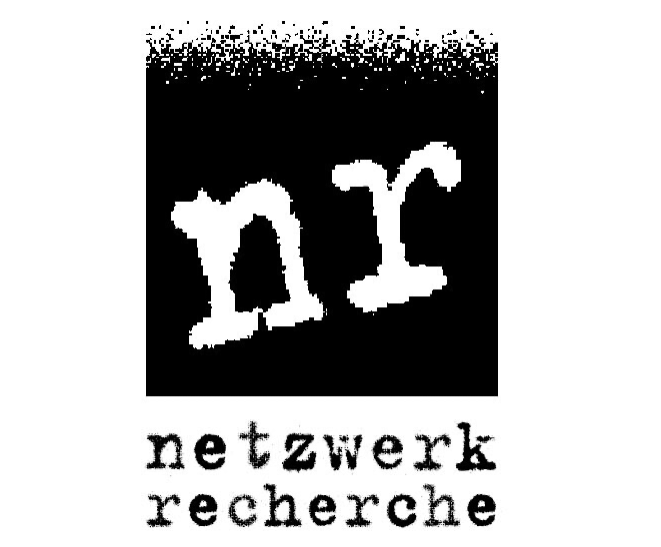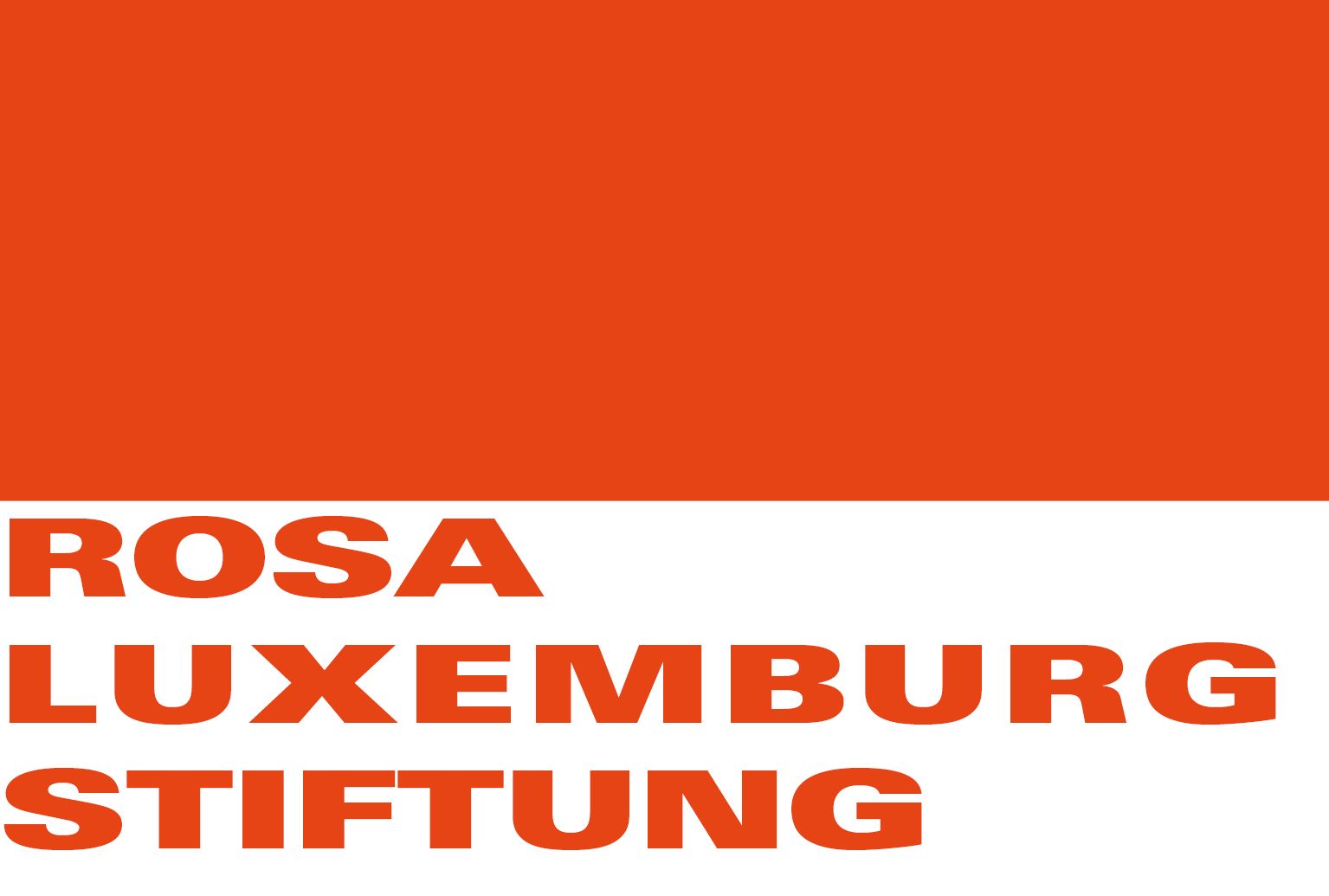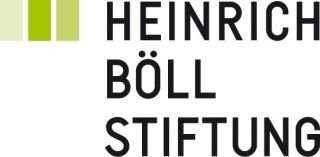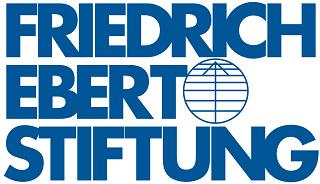The Salafi movement is not new to Syria and has a long history of anti-authoritarian struggle- against religious elites, the French occupation and recently against the regime of Bashar al-Assad. Alsharq met Thomas Pierret to discuss how the movement has changed and in what sense it was influenced by the policies of the Assad-regime.
Thomas Pierret is a Lecturer at Edinburgh University. He holds a PhD in Political and Social Sciences at Sciences Po Paris and the Catholic University of Louvain (2009). His special research interests are religious authorities, Islamic activism, state policies in the realm of religion, education, and the media. Amongst his latest publications is: Religion and State in Syria: The Sunni Ulama from Coup to Revolution (Cambridge University Press, 2013).
Alsharq: The discourse on Salafism in Syria in the Western media leads to the impression that it is a very recent and more concrete exclusively radical and a reactionary phenomenon. To counter this perception, I would like you to give us a brief historical overview over Salafi groups and their evolution in Syria.
Thomas Pierret: Historically everything started in the late 19th century when some people were discovering some of the writings of Ibn Taymiyya which had been banned under the Ottomans. So they found the manuscripts, published them and started to discuss them. That trend met another one, which we could call “Islamic modernism”. This trend was supported by people who wanted to modernize society, teaching and the political system, in the sense of getting rid of authoritarianism or certain forms of despotism.
Can we understand the Salafiyya in Syria as a movement that sought to challenge the established system from the beginning?
Yes, basically there were these two mentioned trends. People consenting with Ibn Taymiyya and his students, the current which was called by scholars the neo-Hanbali school. They could use it to challenge the religious establishment at that time, which was of course supportive of the Ottoman state and very conservative. So interestingly today when you speak of Ibn Taymiyya everyone will think of a super-reactionary thinker and backward scholar. But back then he was used in order to undermine the religious establishment. It remained like that throughout the first half of the 20th century and even beyond. At first you were speaking of very small groups because at that time there were not many people who read. But then between the two world wars you have a rapid extension of education, therefore you had a new public for that new kind of discourse. And of course - especially when these young people were trained in “modern” or “Western European” schools - they received a secular education. Usually they feel uncomfortable with the interpretation of religion that is promoted by conservative scholars. Therefore the Salafi discourse is appealing to them. And that´s why interestingly- at least in Syria- the main figures of the Salafi trend in the middle of the 20th century were very educated people from very privileged backgrounds.
Can you give an example for such a figure?
One of the founders of the Syrian Muslim Brothers was Salafi - of course this is complicated, because Muslim Brothers are not necessarily Salafis. You have traditional Sufis among their founders in Syria. But at least in Damascus several key figures were Salafi, real followers of the ideas of Ibn Taymiyya. Muhammad al-Mubaraki for example was one of the two main figures of the first generation- and he was really a fan of Ibn Taymiyya. He was of a very privileged background, he studied in Paris, which was only for the elite back then. You find Salafi ideas among the Muslim Brotherhood, but you have also another Salafi association in Damascus called at-Tamaddun al-Islami, the “Islamic (modern) Civilization” or the “Islamic Civility”, which is very upper class.
What was their policy, also in reference to our encounters with writings on Salafism today where it is always claimed that Salafism is about transforming the society and only on a later stage bringing forward a non-liberal Islamic state?
In the late 1930s, the main issue of the Muslim Brotherhood and at-Tamaddun al-Islami is not secular versus Islamist. Rather it is: “Let´s get rid of the French”. Of course the French were also encouraging forces of secularization and these people didn´t like that. But at the same time, they were very much influenced by European ideas. Like the mentioned al-Mubarak who studied in Paris. For today's Salafism those are very surprising phenomena: At-Tamaddun al-Islami for example had a school where they were teaching music and painting; all those activities that are now not very popular among Salafis.
Has this group any relevance nowadays?
I mention at-Tamaddun al-Islami on purpose: the last president of it before the Syrian uprising was no one else than Moaz Al-Khatib, the former president of the “National Coalition for Syrian Revolutionary and Opposition Forces” and former preacher at the Umayyad Mosque in Damascus. He really tried to revive the reformist dimension of at-Tamaddun al-Islami by putting forward what he calls “authentic Syrian Salafism”. This is of course- and that is what al-Khatib makes clear- very different from the Saudi version of Salafism. They are more flexible, more liberal and more open-minded.
Can we say that this example also points to the different connotations of the term Salafism? As opposed to the “West”, the term is nowadays positively connoted in Arabic, isn´t it?
In a way, however I would not overstate it. An organization like at-Tamuddun al-Islami is actually not well known. That´s why Moaz Al-Khatib tried to undertake the revival of its memory. Let´s say from the 1980s until the early 2000s, when he became the president, it had lost any kind of cultural-intellectual dimension. This was due to state repression which prevented it from doing more than charity work. But in Damascus,the most prominent Salafi Sheikh in the late 20th century is called Abdal Qadr al-Arnaout. He was from Kosovo originally. He was very different from the typical Salafi Sheikh in Egypt or Saudi Arabia. Also because the Egyptian Salafis are pretty much influenced by the Saudi model. But many people consider al-Arnaout very open-minded and flexible. And many open-minded Muslim intellectuals consider him their master, including Moaz Al-Khatib, who was his student. Of course you also have other schools. One of the most prominent figures of Salafism in Syria was Nasir al-Din al-Albani, from Albania.
The two major figures of Salafism in Syria were not even Syrians? Lina al-Khatib actually writes that the Salafi current in Syria was imported from the Gulf in the 1930s.
I don´t think that is true. I think there is something indigenous to the Salafi current in Syria. However they got support from Saudi Arabia quite early on. But it is not imported from there, it really developed in the Damascene surrounding. Even al-Albani is not a Wahhabi; he rather had his own understanding of Salafism.
How can he be situated in the Syrian Salafi scene?
He was a good friend of al-Mubarak and he had also good relations with the Syrian Muslim Brothers. He started writing in the journal of at-Tamaddun al-Islami. He was certainly working with these modernists for the simple reason that he was completely ostracized by the conservative scholars. The latter even organized in the 1950s a private court to trial him. But he was not at all concerned with the state or with modernizing society. He was reproaching the Muslim Brothers for being obsessed with these goals. In his view the most important was that people would have the correct belief and religious practices. His visions were really narrowed down on ritual practices. He was encouraged to think that way because he was in Syria, in a highly repressive country, he was not only confronted with the hostility of the regime but also with the hostility of the religious establishment. He later left Syria in 1980, during the previous uprising, although he wasn´t involved in that. He relocated to Jordan and was immensely influential there and also in Saudi Arabia. Al-Albani was saying we should not follow any school of law, a problematic stance in Saudi Arabia which follows the Hanbali school. He said, we don´t need schools which are a set of rules through which you interpret the Quran and Hadith. His position was that we should just read Hadith and implement it.
So is the Salafi current anti-authoritarian in its thought?
Al-Albani’s interpretation is anti-authoritarian in the religious sphere. It is very revolutionary in epistemology. Therefore it caused so much trouble to the Saudi tenets. But still it is a very complicated issue. Because at the same time figures like al-Albani were integrated into the global network of Salafism which are very much funded by Saudi Arabia and the other Gulf states. He even became a major reference for them and then he also became acceptable for the Wahhabi Saudi Salafis context.
You just described the Salafi thought as a form of modernization movement, has this changed over the years?
Salafis got much more conservative throughout the second half of the 20th century. You cannot deny that the Saudi or Wahhabi version of Salafism had an impact on the Syrian Salafiyya as well. Because Salafi Da´wa is a mostly Saudi funded thing worldwide. Additionally you have this very large number of Syrians who migrated to Saudi Arabia for work. Many of them never became Salafis, but those who did tended to be influenced by the Saudi model of Salafism.
Part II of the interview, dealing amongst others with the differentiation between Salafism and Jihad, is to follow within the upcoming couple of days. Until then, start reading Thomas Pierret's latest work: "Religion and State in Syria. The Sunni Ulama from Coup to Revolution" on Amazon.

